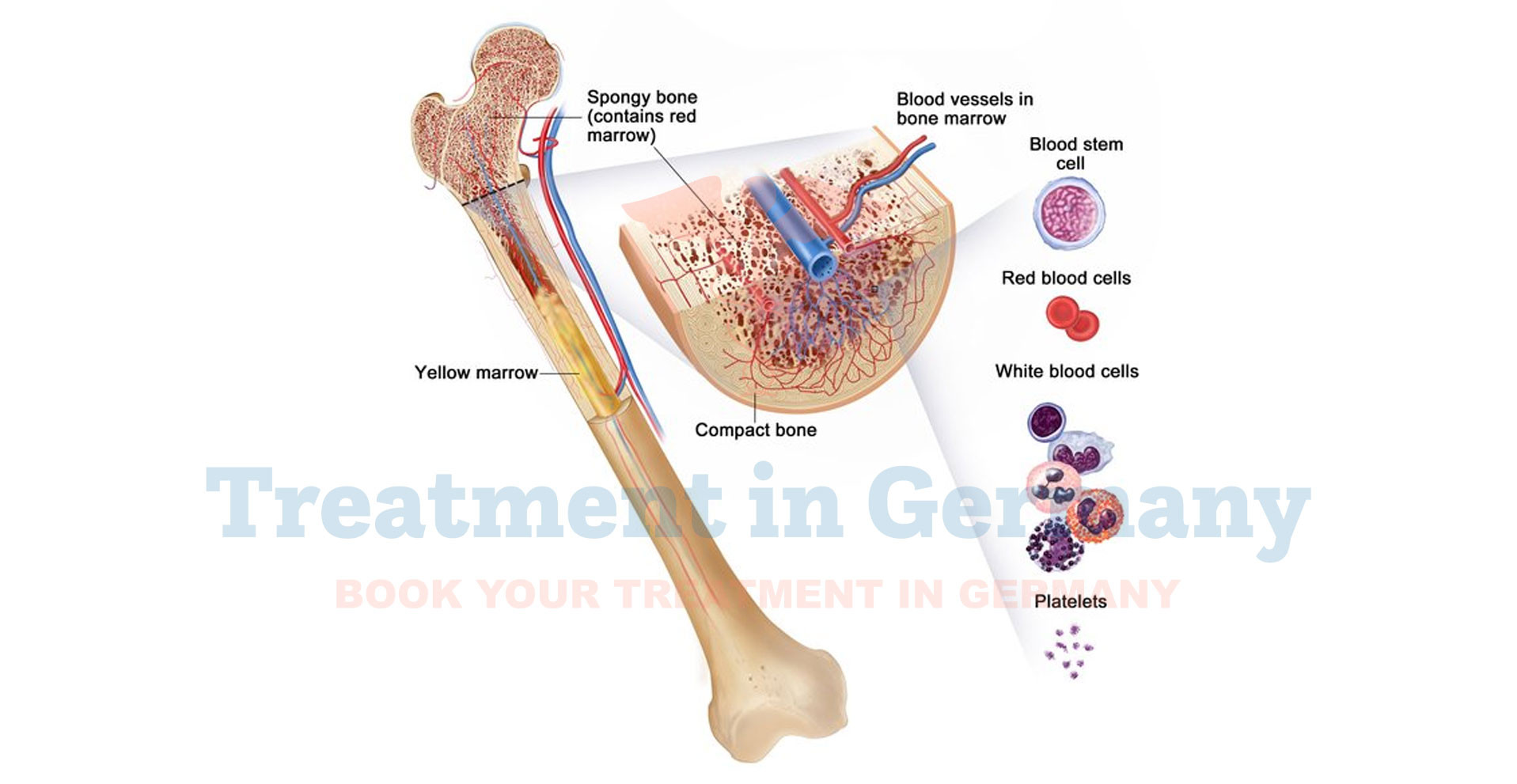What is Langerhans Cell Histiocytosis?
Langerhans Cell Histiocytosis (LCH) is a rare disorder characterized by an over-production of Langerhans cells, a type of immune cell normally found in the skin and other tissues.
In LCH, these cells multiply abnormally and can accumulate in various parts of the body, forming tumors or causing damage to bones and organs. The condition can affect people of all ages, but it is most commonly diagnosed in children.
Side Effects of Langerhans Cell Histiocytosis
The symptoms of Langerhans Cell Histiocytosis can vary widely depending on the organs involved. Common signs include bone pain, skin rash, swollen lymph nodes, fever, and in severe cases, organ dysfunction.
The effects can range from mild discomfort to more serious complications affecting the lungs, liver, or central nervous system.
How is Langerhans Cell Histiocytosis Diagnosed?
Diagnosing Langerhans Cell Histiocytosis often involves a combination of medical history, physical examination, imaging studies (such as X-rays and MRI scans), and biopsy of affected tissues.
Blood tests may also be conducted to assess organ function and look for markers associated with Langerhans Cell Histiocytosis.
Potential Treatment of Langerhans Cell Histiocytosis
Treatment for Langerhans Cell Histiocytosis depends on the extent and severity of the disease. In many cases, Langerhans Cell Histiocytosis lesions may resolve on their own without specific treatment, especially in mild cases. However, when treatment is necessary, options may include:

.webp)
.webp)
 (1).webp)
 (1).webp)

.webp)
.webp)
 (1).webp)
 (1).webp)
